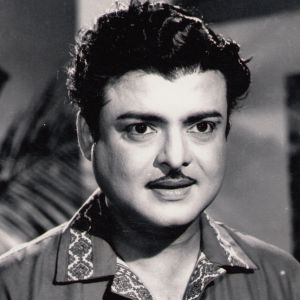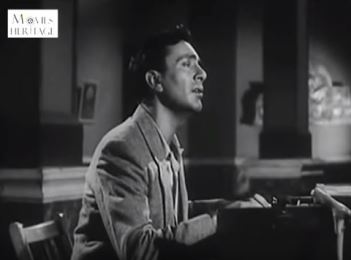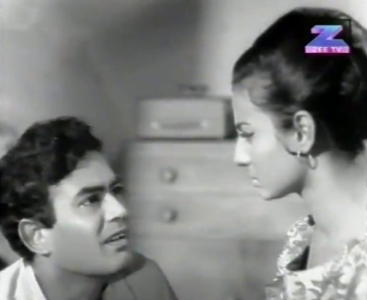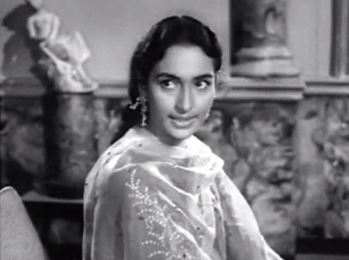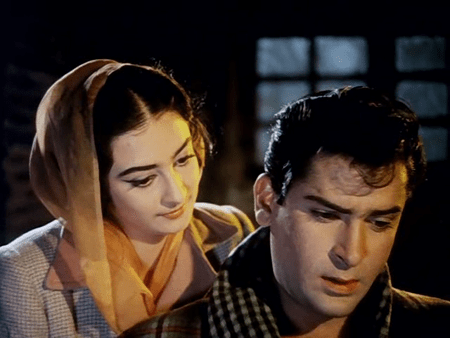This film has been on my watchlist for a long time now. Earlier this year, when I reviewed the delightful Maya Bazaar, my attention was drawn to Miss Mary, because—like Maya Bazaar—this was a film that was originally made in Tamil and Telugu (as Missiamma/Missamma) and, in this case, then into Hindi too. I was already aware that the film had some lovely songs, and Meena Kumari in a light-hearted role is always a pleasure to watch.
Plus, it stars Gemini Ganesan, whose birth centenary it is today. He was born on November 16, 1919, into a distinguished family that included his aunt Muthulakshmi Reddi, a much-respected social reformer who was instrumental in passing the Devadasi Abolition Act. Thanks to Muthulakshmi, Ganesan was enrolled at Ramakrishna Mission Home, and acquired a fairly strong ‘classical’ education here, including Sanskrit, the Vedas and Upanishads, and yoga. As an adult, though, Ganesan’s career graph was rather more eccentric: he harboured dreams of becoming a doctor, attempted to join the Indian Air Force, and ended up teaching chemistry at Madras Christian College. In 1947, a job at Gemini Studios (from which Ganesan drew his screen name) led him to receive a casting offer from the studio—and Gemini Ganesan’s acting career was launched.

